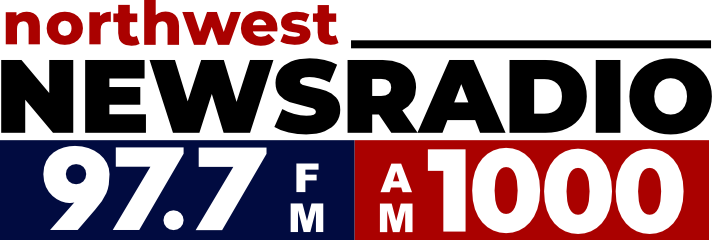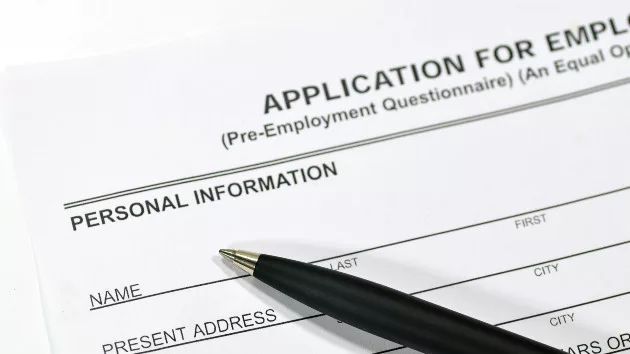(WASHINGTON) — A weaker-than-expected jobs report on Friday fueled concern about a potential economic recession and calls for an interest rate cut.
Employers hired 114,000 workers last month, falling well short of economist expectations of 185,000 jobs, U.S. Bureau of Labor Statistics data showed. The unemployment rate climbed to 4.3%, the highest level since October 2021.
The hiring in July marked a steep slowdown from the 206,000 jobs added over the previous month, and the new data came in well below the monthly average over the past year.
The cooldown of the job market foretells a possible economic downturn and bolsters the case for an interest rate cut at the Federal Reserve’s next meeting in September, analysts told ABC News. The central bank may have erred in holding interest rates steady at its meeting this week, some analysts added.
“The labor market is in a perilous spot,” Nick Bunker, economic research director for North America at Indeed Hiring Lab, told ABC News in a statement. “It’s not clear what changes and rescues it from its current trajectory.”
The report on Friday indicates that the job market is cooling faster than previously known, rekindling fears of a recession, some analysts said.
The unemployment rate has soared this year from 3.7% to 4.3%. That trend has triggered a recession indicator known as the “Sahm Rule,” which says that a rise of 0.5 percentage points in the unemployment rate within a 12-month period typically precedes a recession.
The major stock indexes fell in early trading on Friday in response to the jobs data.
“The July employment report landed with a loud thud,” Mark Hamrick, senior economic analyst at Bankrate, told ABC News.
In a post on X regarding the jobs data, prominent economist and New York Times opinion writer Paul Krugman described the economy as “pre-recessionary,” though he indicated that the economy will likely avert a downturn due to some technical reasons for the elevated unemployment rate.
Citing a need to rekindle job growth, however, Krugman called on the Fed to “cut, cut, cut.”
The fresh jobs data extends a monthslong stretch of economic performance marked by the key conditions for a rate cut: falling inflation and slowing job gains.
Price increases have slowed significantly from a peak of more than 9%, though inflation remains a percentage point higher than the Fed’s target rate of 2%. An outright drop in prices in June compared to the month prior marked a major sign of progress in slowing inflation.
In recent months, Fed Chair Jerome Powell has shifted focus to the central bank’s responsibility for maintaining a robust job market, in addition to its goal of controlling inflation.
“For a long time, since inflation arrived, it’s been right to mainly focus on inflation. But now that inflation has come down and the labor market has indeed cooled off, we’re going to be looking at both mandates,” Powell said last month at a meeting of The Economic Club of Washington, D.C.
On Wednesday, Powell said the Fed may cut interest rates at its next meeting in September, though he said the central bank would like to see further evidence that inflation is heading downward.
“We’ve made no decisions about future meetings and that includes the September meeting,” Powell said at a press conference in Washington D.C. “We’re getting closer to the point at which we’ll reduce our policy rate, but we’re not quite at that point yet.”
In recent months, observers voiced optimism about the possibility of a “soft landing,” in which inflation returns to normal levels while the economy averts a recession. However, the jobs report appeared to sour some of that enthusiasm.
“The soft landing in the U.S. labor market is in danger,” said Bunker.
Copyright © 2024, ABC Audio. All rights reserved.




